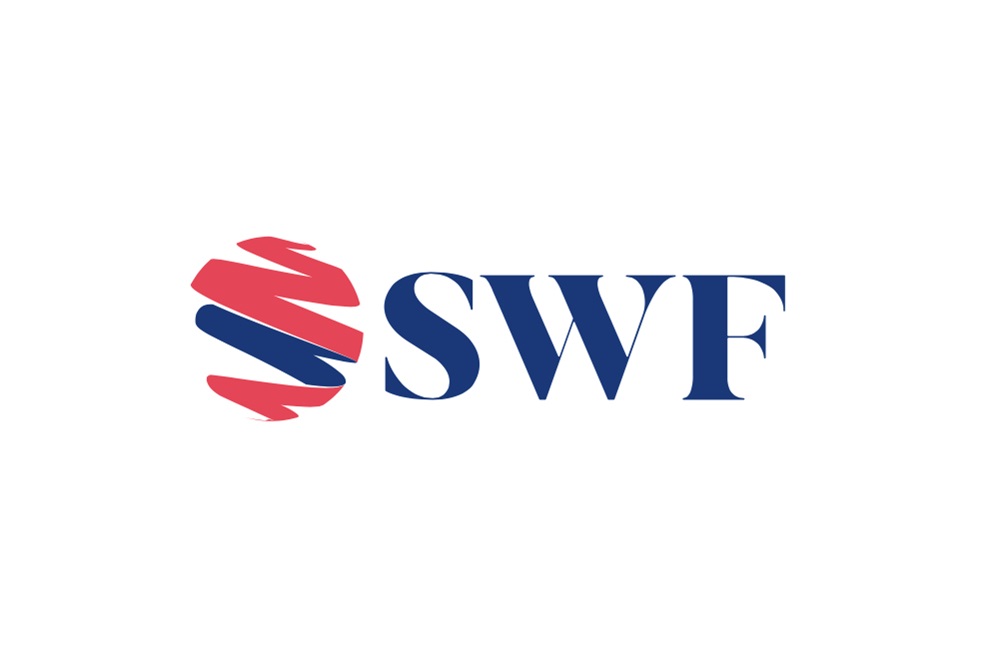The European Union has proposed a phased embargo of Russian oil but may find it tricky to implement, given Europe’s complex distribution network and challenges in tracking crude once it is blended or refined.
The plan, if agreed by member states, would take effect in six months for crude, and in eight months for diesel and other oil products.
For the latest headlines, follow our Google News channel online or via the app.
How watertight will any EU sanctions be?
Under the proposal, Hungary and Slovakia would be granted a longer period – until the end of 2023 – to adapt to the embargo. This means that countries in the EU would still be able to purchase Russian oil via Hungary and Slovakia, unless the plan is ratified to prevent both countries from buying more oil than they need.
Can Russian oil still end up in Europe after a ban?
European countries might still continue buying Russian cargoes from other third countries without being aware of its origin.
Oil can usually be traced to its origin based on its chemical make up, such as Sulphur content and density. However, some buyers have been deceived in the past by forged documents, hiding the origin of cargoes from countries under sanctions, including Iran and Venezuela, according to industry sources.
That becomes more difficult if the crude is blended with other crudes for refiners, and almost impossible after it is processed into standard products, such as gasoline, diesel or jet fuel.
Who is seeking to phase out or halt Russian oil purchases?
At least 26 major European refiners and trading companies have suspended spot purchases or intend to phase out a combined 2.1 million barrels per day (bpd) of Russian imports, according to JP Morgan.
European companies including Shell, TotalEnergies, Repsol and BP no longer buy any refined products with Russian content. And BP’s contracts state any deal with a seller that violates its policy will be invalid, according to trade information detailed in the Platts trading window.
Several shipping firms are also asking for guarantees that cargoes have no Russian origin or interest, and have not been transferred from a ship with Russian ties, according to documents seen by Reuters.
Why is it so tough to trace cargoes of Russian oil?
Even with all those documents in place, there is no guarantee of eliminating any traces of Russian hydrocarbons once it enters the EU’s main oil importing hub, the Amsterdam-Rotterdam-Antwerp (ARA) complex – made up of eight ports spread across two countries, 96 terminals, and 6,300 storage tanks owned by hundreds of international oil companies.
“Some products processed in European refineries will continue to contain Russian oil,” Shell says. “At the same time, many products like diesel are typically blended – meaning a proportion of the liquids mixed into the pipes and tanks that feed the entire industry will have originated in Russia.”
In ARA, the blended Russian oil may show up in customs data simply as fuel from the Netherlands, said Cuneyt Kazokoglu, head of oil demand analysis at FGE.
“I think a lot of European countries will quote imports from ‘Netherlands’ to hide the origin of Russian products,” Kazokoglu said.
Where does the oil go from Ara?
Fuel can be loaded onto cargoes and re-exported to other regions and countries. It can go by barge to other terminals within the same port, or head down the Rhine river to Switzerland, France and Germany. This can hide the fuel’s origin, traders said.
From the ARA hub, oil products can be distributed through NATO’s Central European Pipeline System (CEPS), which links to six maritime ports and 11 refineries across the continent, three rail and 16 truck-loading stations, and six international airports.
“If it’s not a Russian owner, then apart from the origin certificate — but even that can be changed — it’s hard for the (storage) terminal to identify the origin of products,” said Krien van Beek, a broker at ODIN-RVB Tank Storage Solutions in Rotterdam.
What are companies doing to deliver on their promises?
Buyers are increasingly requesting breakdowns on the origin of blended oil from storage sites, industry sources said, to make their own decision on whether they can accept it. But fully traceable origin documentation is not always readily available in a reasonable time frame before a deal takes place.
Some shipping charterers provide a certificate detailing where fuel was produced or processed. While a country’s customs authority would have access to that data with imported cargoes, the documents are considered confidential.
Shell previously classified goods of Russian origin as those with 50 percent or more of their content from fuel produced in Russia.
But the firm recently tightened its restrictions on buying Russian oil, saying it would no longer accept refined products with Russian content, including blended fuels, according to clauses in its trading contracts. The restriction, however, only applies to platforms where companies are allowed to insert their own clauses, and would exclude the gasoil contract on the major ICE exchange, one source familiar with the matter said.
Some other traders continue to evaluate whether a diesel blend, for example, containing up to 49 percent Russian diesel, would count as a non-Russian product, three trading sources told Reuters.
Read more: Russia has only made ‘minimal progress’ in the Donbas: Senior US defense official


 World3 years ago
World3 years ago
 World3 years ago
World3 years ago
 Business12 months ago
Business12 months ago
 Entertainment7 years ago
Entertainment7 years ago
 World7 years ago
World7 years ago
 Entertainment7 years ago
Entertainment7 years ago




